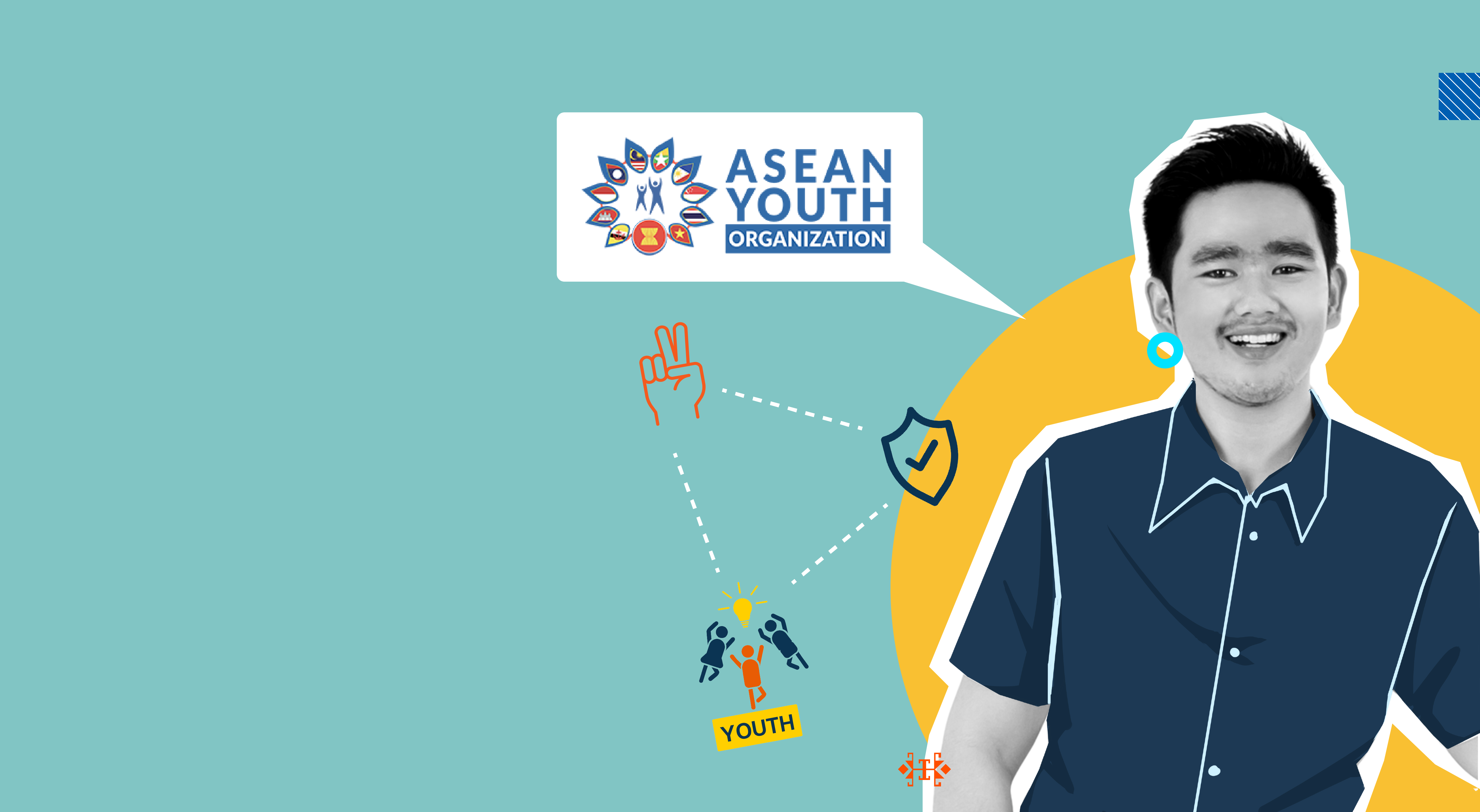This October, SEAN-CSO had a chance to interview Ahmad Afryan, program director for ASEAN Youth Organization (AYO), a non-governmental organization founded in 2013 focusing on youth empowerment. AYO also participated in the ASEAN Work Plan for Youth, formulating the Youth Development Index in three specific areas of interest: youth opportunities, engagement and participation, health and well-being. Currently, they have 250 active members and 50.000 volunteers, spread over 15 chapters in SEA and five chapters outside the region. In this interview, we discussed the dynamics of peace in Southeast Asia from the perspective of the youth. It is important to note that Afryan’s views only represent himself and AYO, and are not related to any ASEAN bodies.
Afryan viewed ASEAN as an opportunity. He argued that within the diversity of cultures, ethnicity and languages and even religions, ASEAN has enough resources to create various initiatives that make ASEAN unique. Afryan also wants to remind the audience that the association’s purpose is to maintain peace and stability in the region. Nevertheless, the people’s awareness of the organization must be improved in order to collaborate and maximize their potential. Looking deeper into the subject of PCVE, Afryan believes that, in theory, peace is not just negative peace, but that it includes social development issues that are a challenge for ASEAN. He also highlighted human rights violations as a challenge for ASEAN. “Each member state has its differences in terms of sensitivities that could be the potential to create conflicts or maybe social disharmony.”
This is a potential for ASEAN youth to take a role in the peace and security agenda, for which Afryan believes they are an essential part of the plan. “⅓ of the ASEAN population is youth, which in ASEAN is the age bracket between 15-35 (years old). They have great potential in their creativity and ability to adapt to this uncertainty,” he explains. Because the youth can become both victims and perpetrators, ASEAN bodies and member states must have them as strategic partners under the Youth, Peace, and Security (YPS) Agenda. He shared one of the strategies employed by the Philippines through their National Action Plan on the YPS Agenda, which was the first one in the region. In addition, he believes that a youth network that takes advantage of digital technology is essential to mainstream the YPS agenda.
“Peace starts from within,” he believes. By equipping ourselves with information and inspiration from others in the region, people can gradually build better networks and cooperation. Furthermore, by being aware of what ASEAN can do, such as seed funding, internships, or other similar opportunities, youth can take part in maintaining peace and stability in the region. “Let’s use the momentum of the Youth, Peace, and Security agenda.” Afryan closes the interview with the final message: “Let’s collaborate with ASEAN Youth Organization to create more impact on the ASEAN youth across the region.”

